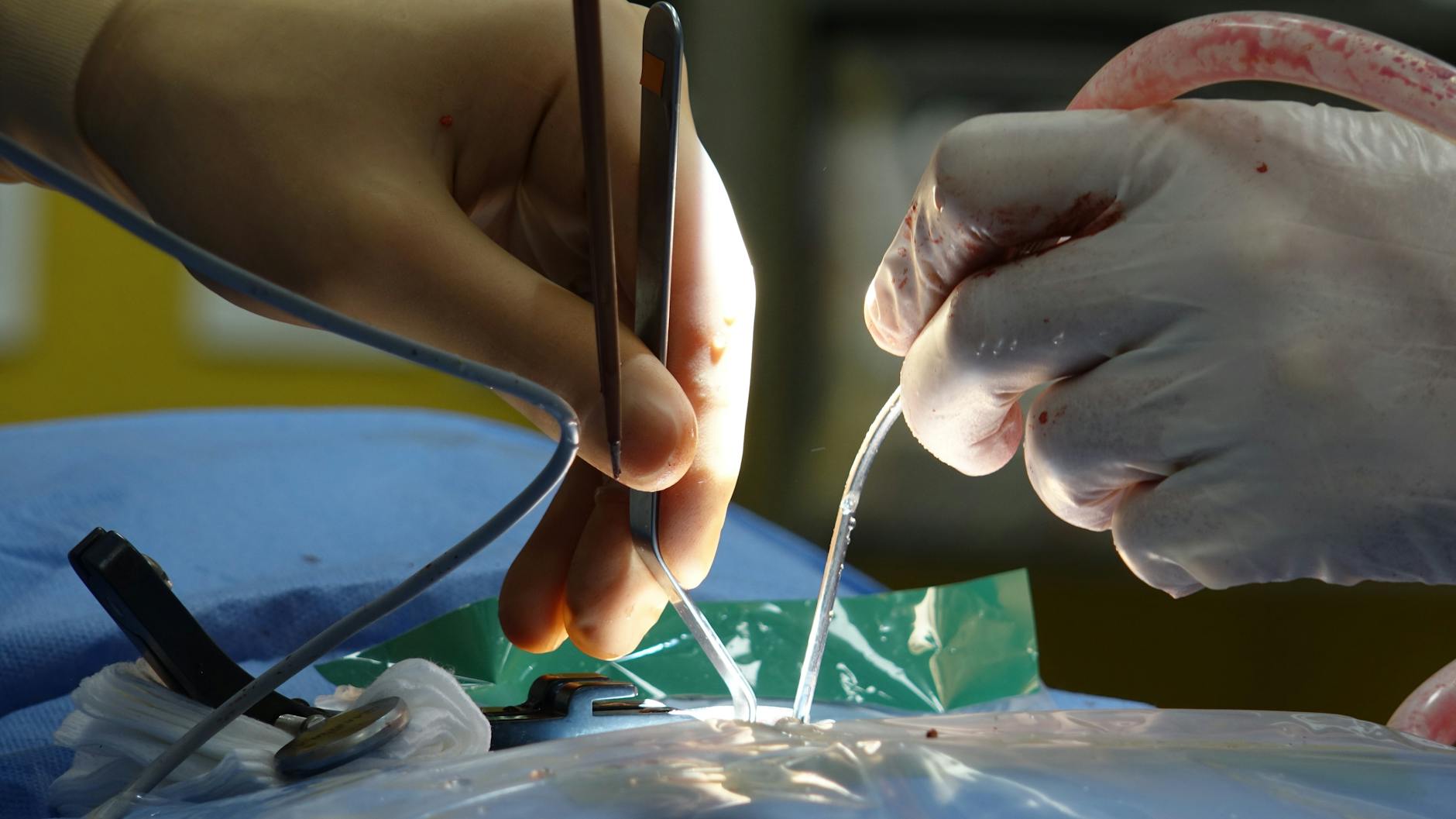
They don’t start with the brain—they start with your handwriting
She didn’t walk in because of pain.
She walked in because her writing changed.
Letters leaned, shrunk, or vanished.
Some words looked foreign in her own hand.
Her grip had loosened.
But only slightly.
Enough that she started using voice notes.
Her physician sent her to a neurologist.
And then, a neurosurgeon came into the picture.
She was surprised.
She thought surgery was only for emergencies.
This felt too small to matter.
He looked at her like nothing was small
She expected a rushed visit.
He sat down, closed the door, and asked her to describe everything.
He didn’t interrupt.
Even when she backtracked or repeated herself.
She talked about her hand.
Then her foot.
Then the headaches.
And her tendency to forget words.
He listened without checking his watch.
Then asked her to walk.
To stand still.
To touch her nose with closed eyes.
Then he ordered a scan.
The symptoms didn’t scream—they whispered
There was no collapse.
No loss of consciousness.
She still ran errands.
Still worked.
Still laughed.
But her left hand opened slower.
Her heel dragged on stairs.
Her memory, once sharp, started skipping steps.
Not enough to alarm friends.
Just enough that she noticed.
And she couldn’t explain it.
But he saw it.
Surgery wasn’t the first thing they discussed
It’s the biggest misunderstanding.
That neurosurgeons go straight to the knife.
They don’t.
They wait.
They compare images.
They give things time.
Time to evolve or stay still.
He told her they’d watch the scan over months.
And only act if something shifted.
The first time he showed the MRI, she didn’t speak
He brought the screen closer.
Pointed gently at the bright spot on the image.
He didn’t name it immediately.
He just said,
“This is what I’m watching.”
Then asked how she’d been sleeping.
How often she dreams.
If she smells burnt toast that isn’t there.
They don’t just fix—they prepare
Before surgery, he explained the process in steps.
Not dramatic ones.
Just real ones.
The table.
The incision.
The anesthesia.
The waking up.
And what she might feel after.
He didn’t sugarcoat it.
He didn’t scare her either.
He just laid out what recovery might look like.
Sometimes the brain isn’t the problem—but they’re still involved
She had pain in her legs.
Sharp, electric shocks from her back to her calves.
Sitting hurt.
So did standing.
He didn’t start with scans.
He asked her about mornings.
About bathroom changes.
About numbness in her toes.
The problem was a disc, pressing the wrong nerve.
He was the one to lift it.
They work in millimeters, not minutes
No one rushes in that room.
There’s no space for ego or improvisation.
The brain allows no second chances.
He moved his hand one inch, then stopped.
Confirmed the nerve.
Adjusted the light.
Whispered to the assistant.
Everything quiet, steady, exact.
They measure time in pressure and position, not seconds.
The scar wasn’t the thing that changed her
It healed neatly.
It wasn’t even that big.
But her voice returned.
Her hand stopped shaking.
She could tie her shoes again without sitting down.
Those were the real signs.
They don’t just operate—they explain what might happen if they don’t
She asked, “What if I wait?”
He answered plainly.
You might not walk without support.
Your speech may slur.
You may forget names.
Or feel nothing in your hands.
He didn’t say it to scare her.
Just to let her choose fully.
They ask questions no one else thinks to ask
Can you feel both socks evenly?
Do you dream in color?
Has food lost taste?
Do your pupils match in photos?
Has your handwriting changed directions?
It felt random.
Until it didn’t.
Until every piece pointed somewhere.
You think of them only in emergencies
Head trauma.
Sudden collapse.
Bleeding in the brain.
But more often, it’s slower.
It’s a grip lost over time.
A forgotten password.
A strange stiffness in one leg.
And they catch it before it crashes.
Sometimes they say, “Not yet”
Even with a diagnosis.
Even with a visible mass.
He said, “We wait.”
And rechecked in six weeks.
Because not every finding needs action.
Some need patience.
And trust in the body’s pace.
They walk into rooms where everyone’s afraid
When she heard the word “mass,” she froze.
When he entered, she expected hard words.
He didn’t rush.
He sat.
He asked how she slept last night.
That shifted everything.
She was more than her scan.
Her headaches weren’t just from work
They started behind her eyes.
Then came daily.
She blamed screens, posture, caffeine.
But none of that helped.
The pressure wasn’t imagined.
It was real.
And pressing on something that didn’t like being pressed.
The spine isn’t straight, and he sees why
She thought it was aging.
But her hip leaned.
Her shoulder followed.
He showed her the curve.
Named it.
Then explained why stairs hurt more now.
And how nerves follow bones even when bones go wrong.
He operated once, and her hand returned
Months of numbness vanished in days.
She cried when she buttoned her coat again.
It didn’t feel like a miracle.
It felt like precision.
Like something he had planned quietly
While everyone else guessed.
